Never before in the history of the automobile have designers had as many liberties than at the beginning of the 21st century — and nor have they been subjected to so many restrictions. New powertrain technologies, the digital revolution, and a global society in transition could be the ideal platform to fundamentally question the present form of the automobile and reinvent the wheel completely. At the same time, the processes of industrial production and the requirements for global homologation, as well as marketing, have reached an unprecedented degree of complexity. There are tremendous odds against designers in this field, but genuine innovation is always the best form of resistance.
Creative disobedience
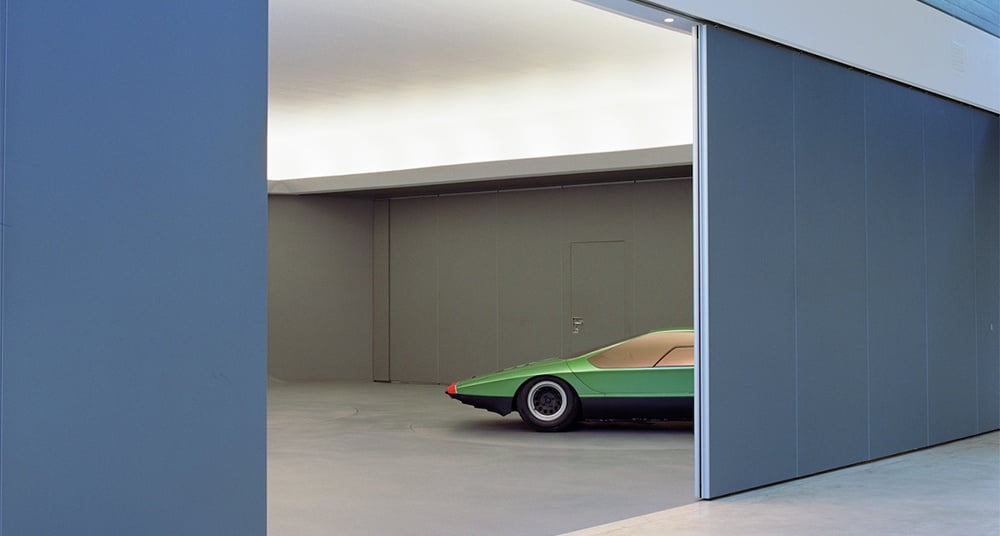

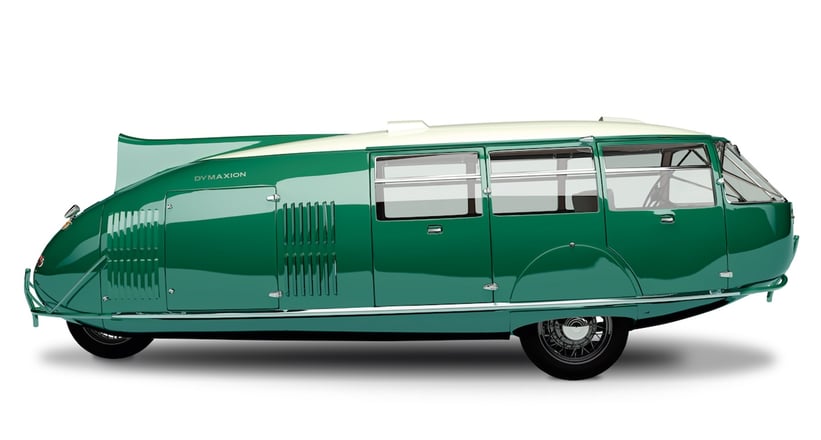
Throughout automotive history, designers have contested the established order and familiar design language with radical creations again and again. Often, it has been through conceptual design studies, show cars, experimental prototypes, and one-offs that they’ve experimented with new ideas, as there are less constraints than in industrial production. Some of these ideas have inspired generations of designers, as they’ve found their way into model series and changed the automotive landscape for decades. Others have been labeled as too bizarre and futuristic, quickly being forgotten in the warehouses and garages where they’ve been stored and accumulating dust. Sometimes, though, a sculptural door handle or a futuristic hubcap would find its way onto a new car, providing a small taste of the revolutionary and conceptual designs that could have been.
What both the praised and neglected concepts have in common is that they’ve inspired their contemporaries, encouraging even the most conservative of boardrooms and engineering offices to think outside the box and explore as many creative options as possible. Without the courageous ideas and instincts of individual designers, one could rightly claim that the automobile would have turned out very differently. Oddballs such as Harley J. Earl, Battista “Pinin” Farina, Franco Scaglione, Paolo Martin, Marcello Gandini, and Giorgetto Giugiaro have all questioned the status quo of automotive design and shaped our thoughts and preconceptions as to how an automobile should look.
Thinking outside the box
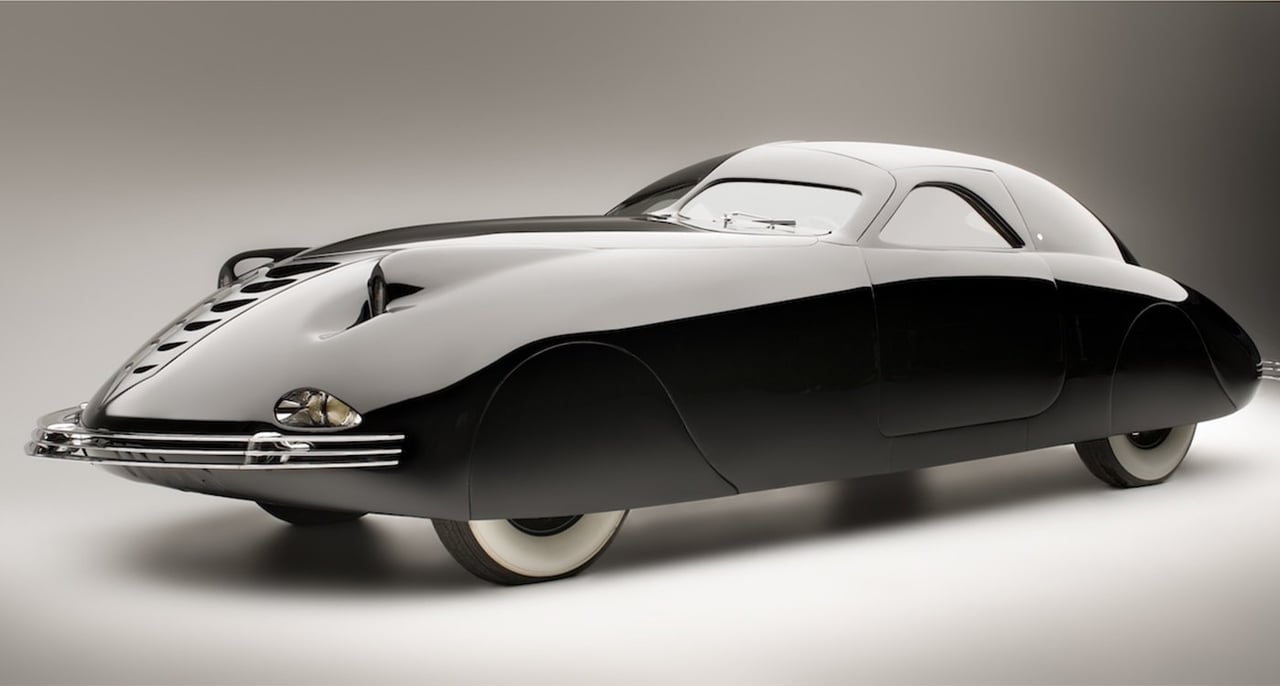
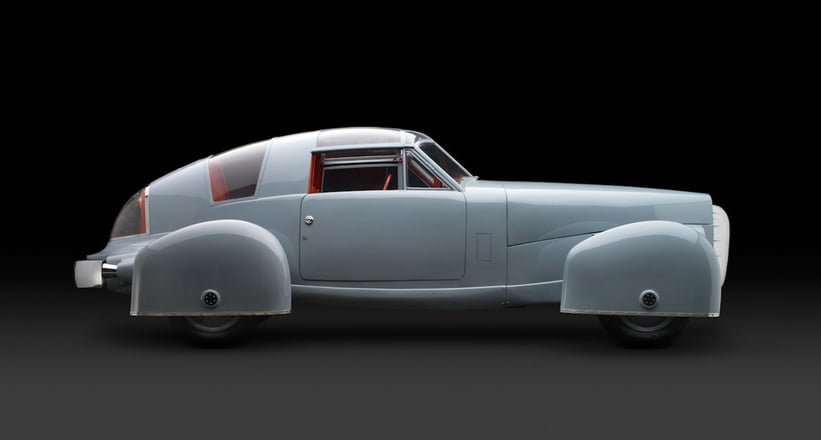

Looking back at the boldest, most daring, and most radical automotive designs shows that creativity does not occur in closed-off laboratories. Innovation needs open social and corporate environments that both promote creativity and enable designers to be inspired by various fields. As such, concept cars tell us not just about automotive history but also the culture of the time and the societies in which they were designed. When engineers, artists, and architects began to experiment with the design language of bodywork in the 1930s, the automobile had just begun its triumphant reign. Inspired by the art deco era, functional motor carriages on wheels suddenly turned into stunningly beautiful and elegant rolling sculptures — the line between technology and art had been crossed.
Then, with the onset of World War II, the creation of sculptural and luxurious cars by designers came to an abrupt end. While the glamour and boundless opulence associated with the automobile prior to the war were now lost forever, the technical developments developed for military machinery and the aerospace industry provided enormous opportunities for the automobile. For decades after the war, car designers were fascinated by the daring new forms of jet planes and spacecraft as the ultimate symbols of progress — and they happily incorporated their wings and fins into their cars. The hopes, dreams, and desires of 1950s America can be seen in not only the endless science-fiction films and comic books of the time but also the spectacular jet age concepts created by General Motors.
From fins to wedges
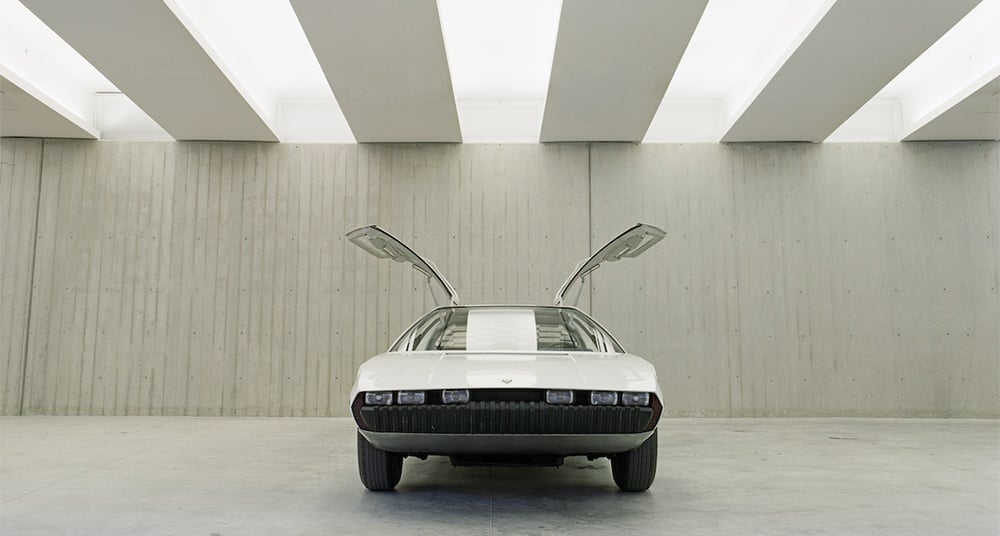
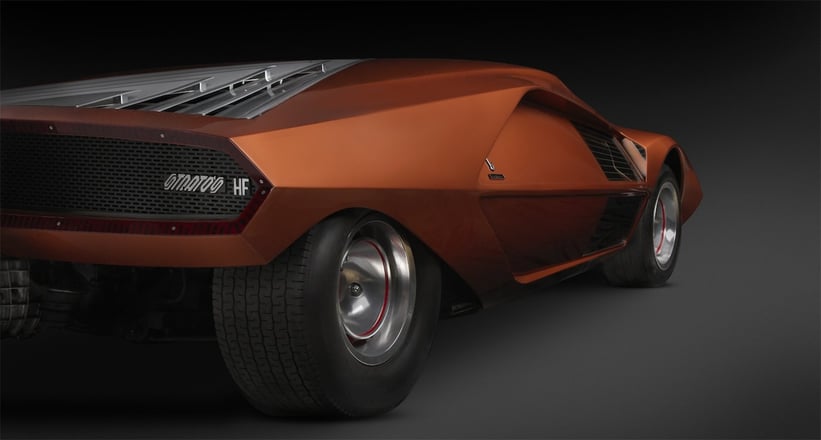
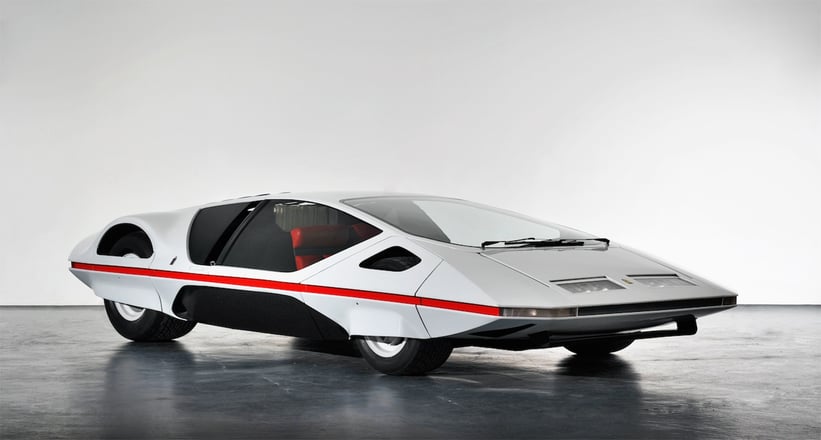
The wedge-shaped, razor-sharp, and often barely waist-high concept cars created in the 1960s and 1970s by the design studios of Bertone, Italdesign, and Pininfarina were known as some of the most daring and experimental in automotive history — often inspired by the avant-garde architecture and furniture design of the time. Without a design culture that focused extensively on geometric shapes and their relations to one another, the radical wedge designs of the Lancia Stratos Zero, Maserati Boomerang, or Ferrari Modulo would likely not have been conceived. The freedom to not be limited to a single brand also gave design studios unimaginable possibilities.
In the 1980s, new digital technologies emerged in Western society. While the clear geometric designs of the previous decade shaped the look of the street cars, from the VW Golf to the Ferrari Testarossa, as well as the edgy shoulder pads of contemporary fashion, designers began experimenting with more organic shapes and sometimes odd proportions. Their focus also shifted towards interiors, where they prepared for the world of the future with screens and digital displays. The retrospective tendencies of the postmodern movement are reflected in the design studies of the 1990s, when creative departments discovered past automotive design was an inexhaustible source of ideas. Soon, the search for real aesthetic innovation was replaced by the urge to reference the designs of yesterday’s icons.
Children of the digital revolution
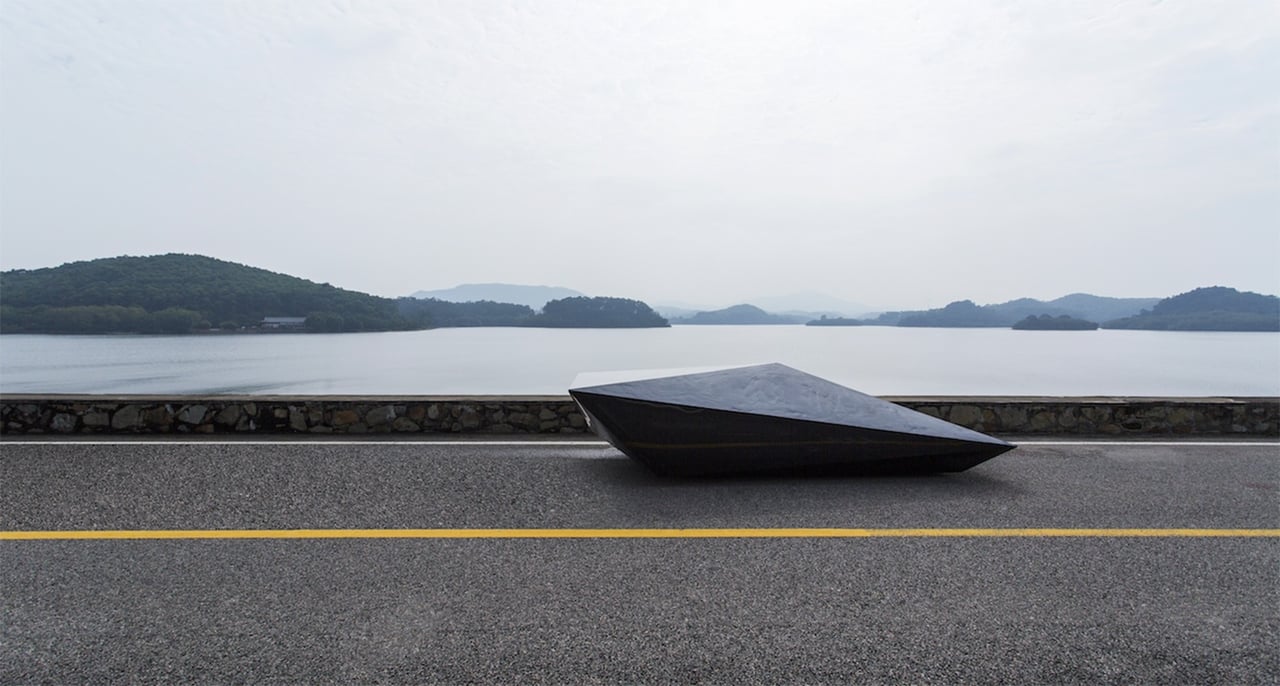

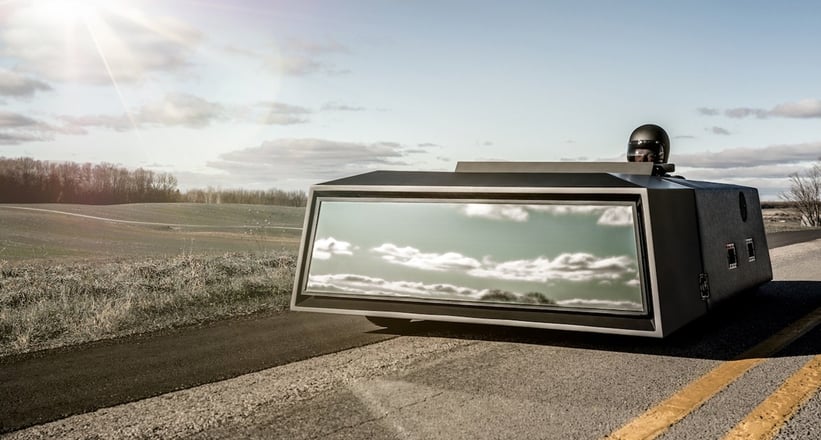
Since the turn of the century, diversity in aesthetic trends has led to an eclectic mix of styles and shapes in automotive design. At the same time, design studios, under the influence of their marketing departments, have started to shift their focus from the models themselves to the manufacturer’s brand identity. With interchangeable platform technologies and increasingly coherent design languages, individual car models now serve primarily as instruments of brand communication. This idea of aesthetic conformity lies in stark contrast with the requirement to keep up with the digital revolution and replicate the triumph of Silicon Valley. As electric motors are rearranging the architecture of the automobile and the concept of traffic is changing, with people sharing their cars instead of buying them and autonomous assistance systems slowly taking over the wheel, this provides an opportunity for designers to assign new meanings to the automotive habitat. It remains fascinating to think which current concepts future automotive historians and cultural scientists will determine are the symbols of our era.
Whether a radical design is truly revolutionary and catapults the development of the automobile forward can only be seen in hindsight. The Lancia Stratos may now be celebrated as a design icon, but, in the 1970s, the reaction to the compact rally sports car was rather muted. To understand how strange it must have been to see a Lamborghini Countach at an Italian highway service station, one would have to recall the small, mostly round, baroque cars that dominated the scene at the time. And the same could be said for the Audi Avus of 1991 — with its shimmering silver body reminiscent of the great racing cars of the past — as it only became one of the most influential concept cars of its time after the huge success of Audi’s aluminium strategy. Today, a conceptual experiment, such as the Lo Res Car from the creative department of a Dutch fashion brand, may seem unrealistic, but, who knows, in 20 years it may be considered an icon, paving the way for an all-new body shape.
How radical is too radical?
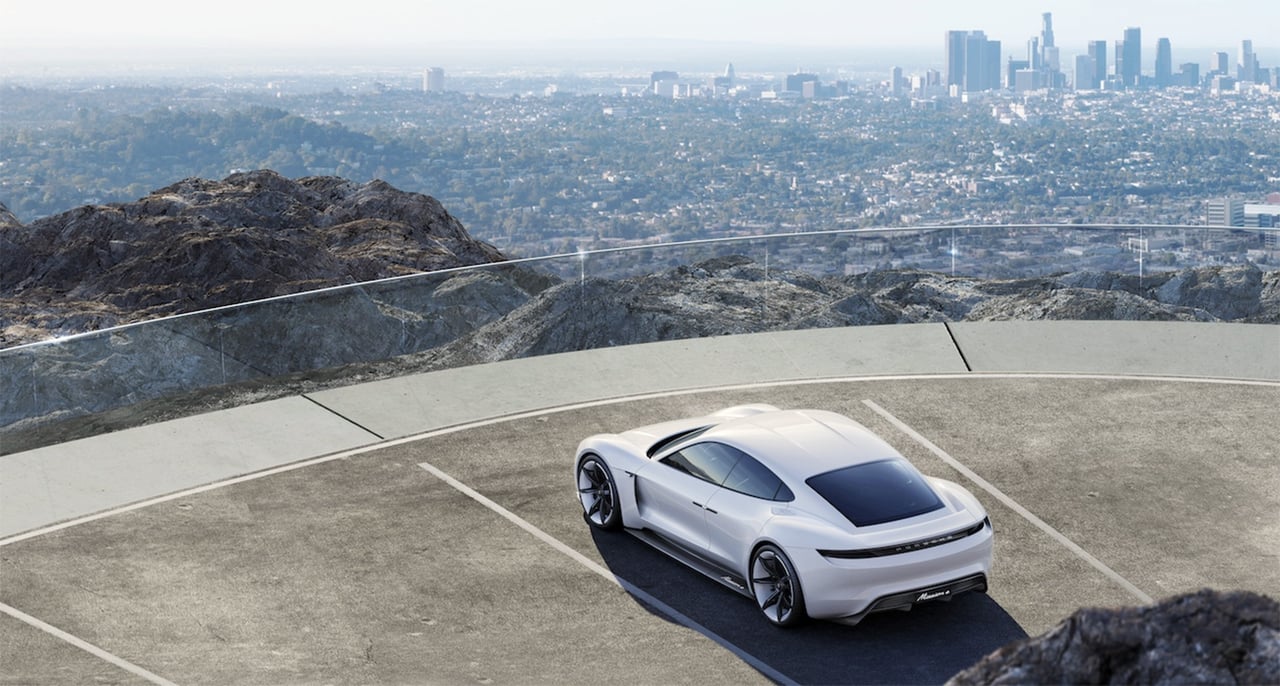
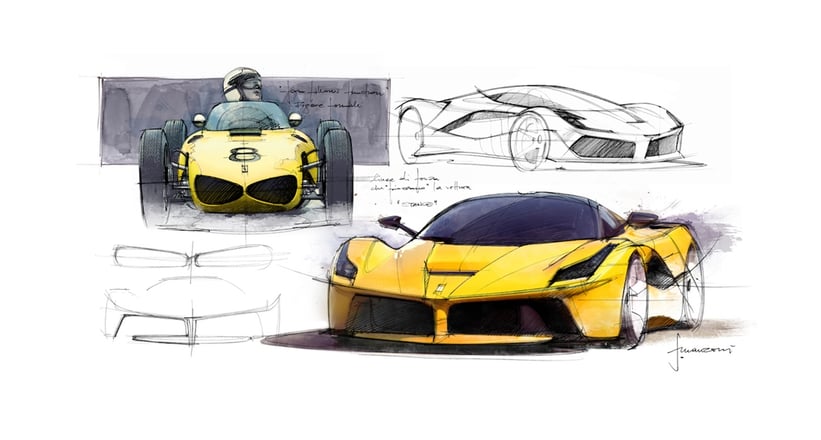
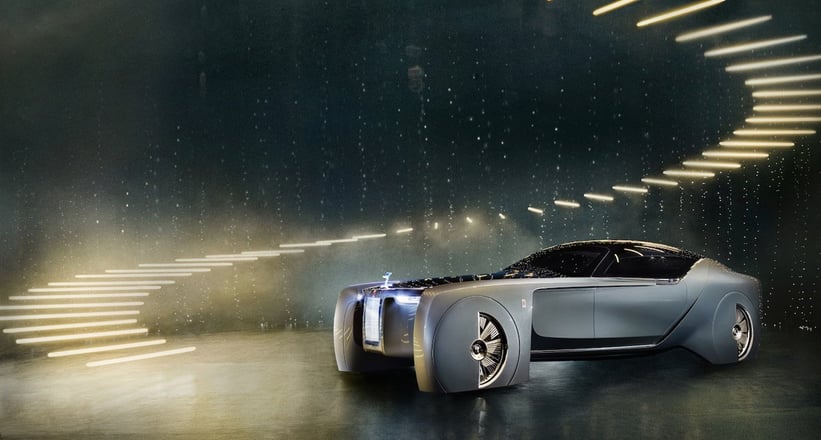
“This is the dream of most automotive designers,” says Michael Mauer, the chief designer at Porsche and the Volkswagen Group, “to free oneself from all conservative influences and develop something so radically different and new that, even decades later, it’s still attractive and modern, not merely quirky and unusual. New drive technologies, including digitalization and autonomous driving, provide us with at least a theoretical possibility of how radically the architecture of the car can be changed. As such, many design departments are suddenly developing concepts that, five years ago, would have made us question whether they had too much grappa in their espresso that morning.”
For Flavio Manzoni, design director at Ferrari, the key to automotive innovation lies in unlimited thinking that transcends all disciplines. “For me, design is a connection between art and science, invention and memory, modernity and respect for tradition. In this context, creativity is the ability to recognize relationships where they do not yet exist. Unfortunately, there is kind of a cultural limitation today: designers would rather use past design elements to cover a lack of ideas, as it’s much easier to remake an icon than create one. Fortunately, I have learned to work in an interdisciplinary way, seizing the opportunity to find connections between fields that differ from each other – from architecture and sculpture to industrial design and music. We should not forget that the process of turning a blank sheet of paper into a finished car is a magical one, starting from the first pencil strokes, with an idea in mind and a creative fire pushing the hand to create the car’s shape.”






















